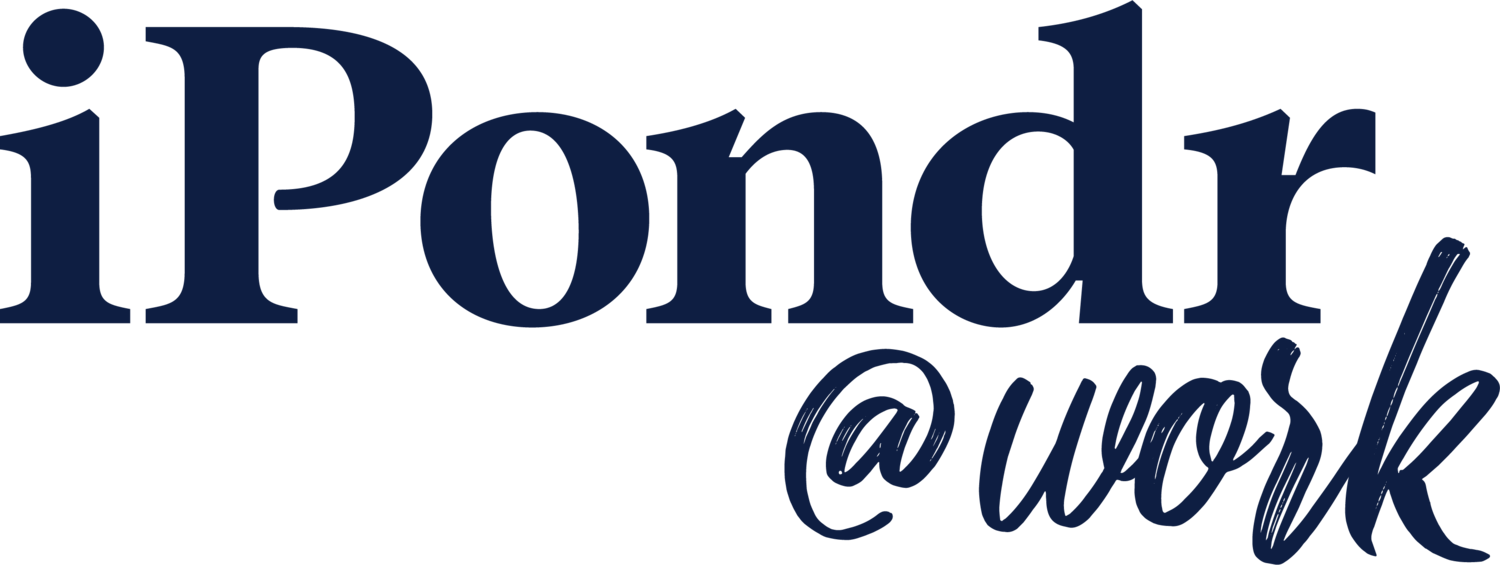Pause and pondr
WHAT DOES IT TAKE TO BUILD AN INCLUSIVE WORKFORCE?
In this guide, we learn that inequities in training and education, short-sighted hiring processes, and unconscious bias are among the reasons people of color, particularly those who are Black, Latino/Hispanic, or Indigenous, are being left out of technology jobs.
DID YOU KNOW?
67% of tech professionals report their leadership teams are a quarter or less people of color, while 12% were not sure. Source: 2020 People of Color in Tech Report from technology business reviewer TrustRadius.
WHAT YOU’LL LEARN
How systemic practices and unconscious bias limit opportunities for candidates of color
Recognize and understand some of the recruitment interventions needed to make tech more diverse
Describe needed changes to hiring practices
How diverse is the tech industry?
Tech is all around us, and shapes our lives in ways both big and small. Time and again, research has shown that having a diverse and inclusive workforce tends to boost innovation within the tech industry.
Yet the technology workforce in the United States is 90% white or Asian and 75% male, according to a 2018 report from the Kapor Center for Social Impact. And efforts to diversify the workforce have yielded lackluster results, particularly for underrepresented people of color. Case in point: Although Black professionals comprise 13% of the U.S. population, they still make up only 5% of the tech workforce and just 3% of tech executives.
Why isn’t tech more diverse?
The lack of minority representation in tech is often chalked up to a “leaky pipeline” problem: inequitable access to computer science classes, narrow hiring requirements that value elite college degrees over skills bootcamps, and minimal funding for diverse startup efforts.
But many experts argue that the pipeline theory oversimplifies the problem. Yes, people of color need more access to education, jobs, and funding. But tech companies also need to address the norms and unconscious biases that undermine the success of nonwhite tech professionals. Part of the challenge lies in the workplace culture that continues to be shaped by a majority white workforce.
“There’s an access gap, but there’s also a technical skill and proficiency gap,” says Michael Ellison, co-founder and CEO of nonprofit CodePath.org., which provides college students with free coding courses and offers mentorship in tech careers. “And there’s also a confidence and belonging gap: ‘I am from an underrepresented and/or low-income background, I want to major in (computer science), but I feel like I don’t fit.’ That results in massive attrition in freshman and sophomore year in colleges.”
How can tech teams and companies help?
“A big way companies can help combat that is with an effective onboarding program,” Ellison says. “The tech companies that are the most effective at doubling, tripling their Black, Latinx and female representation do so by diversifying their internships, because the internship is the primary source of new hires.”
Another key step is for companies and individual employees to identify the root causes. “Take an honest look at, ‘Where are our problems? Do we even know where systemic racism is active in our organization? Have we asked our Black and brown employees? What is it like for them to work here?” says Mimi Fox Melton, vice president of programs and CEO of Code2040, a nonprofit dedicated to Black and Latino/Hispanic representation in tech.
Malia Lazu, who lectures on tech at MIT, argues that company leaders also need to keep in mind that diversifying adds real business value. “It shouldn’t look like charity,” she says.
PONDR THIS
When you envision a high-performing work environment, who do you see and who is missing? Why do you think that is the case?
Was there a point in your professional journey when you felt you didn’t fit in?
Think about the people that influenced your career. What did you have in common with them?
FOR LEADERS
What are some goals that your organization or company have around diversity, equity and inclusion?
What more can be done around diversity, equity and inclusion in your field?
Explore The Stories
DIVERSITY IN TECH: A toolkit
CREATE YOUR OWN BUSINESS, CREATE YOUR OWN CULTURE
-
Jackie Noack is a freelance video and audio producer based in Boston. She was an associate TV and podcast producer at Christopher Kimball’s Milk Street, and served as a field producer and translator for the HBO documentary, “Clínica de Migrantes”. She double majored in international film and French at Tufts University. She is Peruvian-American and is natively fluent in Spanish.
NATIVE AMERICANS IN TECH: FOR A SOLUTION-BASED FUTURE
-
Amanda Alcántara is a Caribbean writer and journalist. She is the author of “Chula” (2019). Her creative writing and journalistic work has been featured in the anthology “Latinas: Struggles & Protests in 21st Century USA”; the poetry anthology “LatiNext”; and several media publications like Latino USA, Remezcla, Afroféminas, The San Francisco Chronicles, and others. In 2017, she obtained an MA from NYU in Latin American and Caribbean Studies. She is also a co-founder and former editor of La Galería Magazine. Alcántara is a Libra who loves exploring nature and being close to the sea.
Topic in Review
We looked at what leads to the lack of representation in tech, particularly for Black, Indigenous and Latino people of color. We also spoke with leaders in the field who have ideas on how to fix the issues that prevent more people of color from being a part of the tech industry.
Continue Your Journey
The lack of opportunities and access to training and education in tech for young people is one area that we explored in this Pause and Pondr.
An August survey by Wiley found that 18–28-year-old workers currently in the technology field listed encouragement to pursue a career in technology by their high school as the most common reason for doing so. Around five out of 10 young tech workers cited this as one of their main motivations.
The survey also found that half (50%) of young tech workers wanted to leave, or left, a tech or IT job because the company culture made them feel unwelcome or uncomfortable. The number increased to six out of 10 when surveying women of color.
MIT lecturer Malia Lazu, who spoke to iPondr@Work, said the diversity, equity and inclusion work within tech companies can seem daunting at first. “When you start changing, it can feel like you’re moving the goalpost, and it’s really important to hold space for that,” she said.
“Rather than just deciding to act, first get to know. Build an open line of communication in your company around (diversity, equity and inclusion) by having a cross-management employee committee. You want to hear what employee resource groups (ERGs) are talking about, and you want the board to care what the ERGs talk about.”
Here are some notable organizations and that promote diversity in tech:
Kapor Center: The center aims to enhance diversity and inclusion in technology and entrepreneurship through research and access to tech programs and funding.
Project Include: This nonprofit offers a core set of diversity and inclusion recommendations, backed by data and research, for tech industry leaders to implement at their own companies.
Reboot Representation: A coalition of tech companies that includes Adobe, Dell, Intel and Microsoft, Reboot Representation funds grants and programs to increase the number of Black, Latina, and Native American women in computer science.






